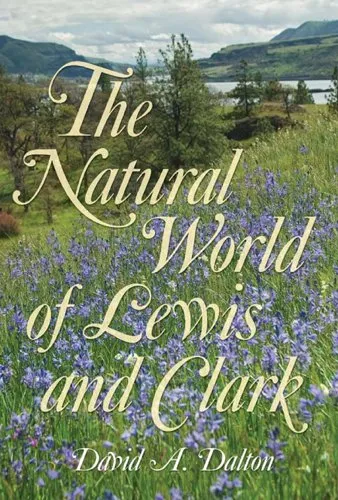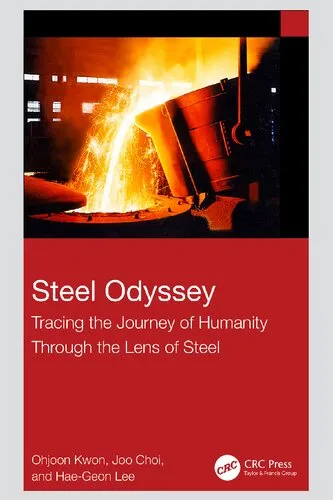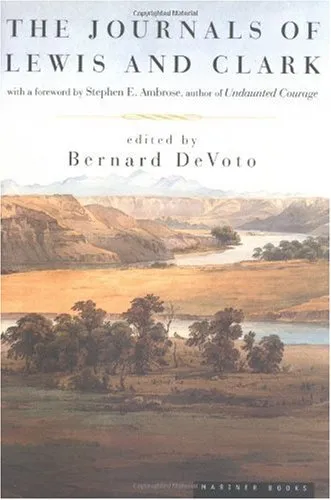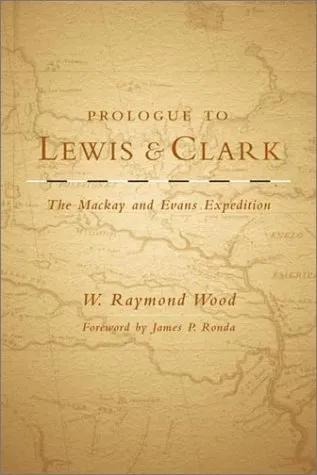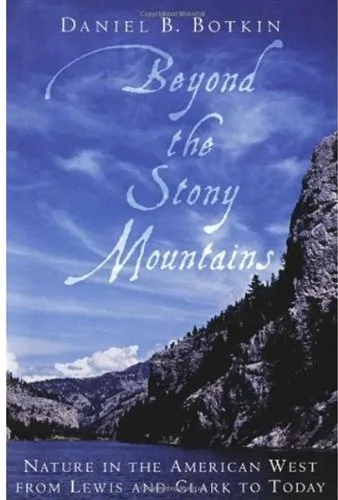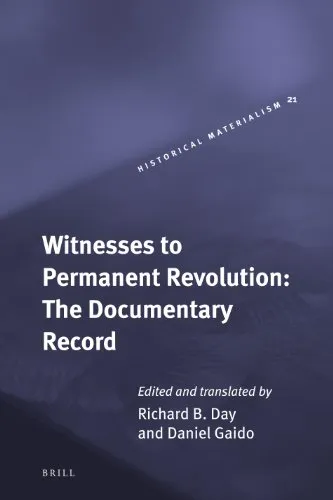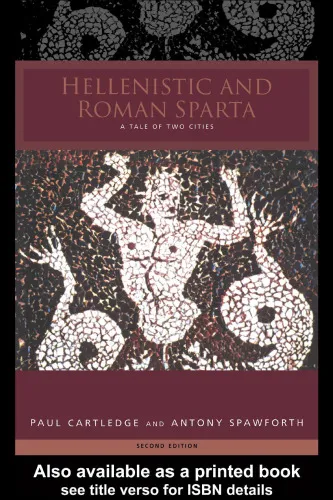The Natural World of Lewis and Clark
4.7
بر اساس نظر کاربران

شما میتونید سوالاتتون در باره کتاب رو از هوش مصنوعیش بعد از ورود بپرسید
هر دانلود یا پرسش از هوش مصنوعی 2 امتیاز لازم دارد، برای بدست آوردن امتیاز رایگان، به صفحه ی راهنمای امتیازات سر بزنید و یک سری کار ارزشمند انجام بدینکتاب های مرتبط:
Introduction to 'The Natural World of Lewis and Clark'
Embarking on the Missouri River in 1804, Lewis and Clark ventured into untamed territories, charting a path through landscapes that were both magnificent and perilous. My book, 'The Natural World of Lewis and Clark', takes readers on a fascinating journey through the environmental discoveries made by these famous explorers. From observing flora and fauna to understanding the challenges posed by the terrain, the story unfolds not only as a documentation of their expedition but as a remarkable account of America's natural heritage. The book celebrates the duo’s painstaking efforts to document the abundance and diversity of life they encountered, and sheds light on the intersection of human ambition, scientific inquiry, and the untamed expanses of the American wilderness at the dawn of the 19th century.
Detailed Summary
"The Natural World of Lewis and Clark" explores the meticulous records of Meriwether Lewis and William Clark as they traversed the western frontier between 1804 and 1806. The discoveries of the Corps of Discovery were not merely geographic but deeply rooted in natural history.
At the heart of the book is the explorers’ unbridled curiosity and their commitment to documenting the previously unknown species of plants, animals, and insects they encountered. Meriwether Lewis's trained eye as a naturalist and Clark’s detailed cartographic work allowed the team to assemble some of the earliest descriptions of iconic species such as bison, prairie dogs, and grizzly bears.
Beyond their scientific observations, the book examines their encounter with native peoples, whose rich knowledge of the natural environment informed much of the Corps' understanding. Their documentation served as a valuable resource for shaping America's burgeoning science and understanding of ecological systems.
More than just a tale of exploration, this work offers vibrant insight into the dynamics between humanity and nature during a transformative period in history.
Key Takeaways
- The expedition contributed greatly to the scientific knowledge of 19th-century America, providing detailed descriptions of over 178 plant species and 122 animals.
- Lewis and Clark's journey helped establish foundational ecological monitoring practices by combining observation, record-keeping, and collaboration with indigenous peoples.
- Their venture reflects the challenges faced by explorers in untamed landscapes, emphasizing resilience, adaptability, and teamwork.
- The expedition highlighted the critical role of indigenous knowledge in navigating unfamiliar environments.
- The book promotes an understanding of the importance of preserving natural ecosystems and appreciating biodiversity.
Famous Quotes from the Book
"In the eyes of Lewis and Clark, no hurdle was insurmountable, no species insignificant, and no observation unworthy of recording. They charted the world not just for maps, but for understanding—both scientific and human."
"The grizzly bear, formidable and untamed, became a symbol of the expedition's trials: a creature native to the land as much as the explorers were foreign to it."
"Lewis's notes on plants and Clark’s maps remind us that discovery is an act of attention—a willingness to see what lies beyond the immediate horizon."
Why This Book Matters
"The Natural World of Lewis and Clark" matters because it bridges history, science, and storytelling, inviting readers to see the world as the explorers did—full of wonder and infinite discovery.
This book provides an essential perspective on the environmental legacy of the Lewis and Clark expedition. As modern society grapples with ecological challenges, understanding how these explorers engaged with the natural world can inspire a renewed commitment to conservation.
Additionally, the journey of Lewis and Clark serves as a metaphor for human ingenuity and the drive to explore the unknown. Their narratives draw parallels to environmental concerns today and reinforce the importance of appreciating our planet's complex ecosystems.
By immersing readers in the natural world of 1804, the book fosters a connection to the landscapes of the past, reminding us that exploration is not just about maps and borders—it is about understanding the interconnected lives of all species.
دانلود رایگان مستقیم
شما میتونید سوالاتتون در باره کتاب رو از هوش مصنوعیش بعد از ورود بپرسید
دسترسی به کتابها از طریق پلتفرمهای قانونی و کتابخانههای عمومی نه تنها از حقوق نویسندگان و ناشران حمایت میکند، بلکه به پایداری فرهنگ کتابخوانی نیز کمک میرساند. پیش از دانلود، لحظهای به بررسی این گزینهها فکر کنید.
این کتاب رو در پلتفرم های دیگه ببینید
WorldCat به شما کمک میکنه تا کتاب ها رو در کتابخانه های سراسر دنیا پیدا کنید
امتیازها، نظرات تخصصی و صحبت ها درباره کتاب را در Goodreads ببینید
کتابهای کمیاب یا دست دوم را در AbeBooks پیدا کنید و بخرید
1125
بازدید4.7
امتیاز50
نظر98%
رضایتنظرات:
4.7
بر اساس 0 نظر کاربران
"کیفیت چاپ عالی بود، خیلی راضیام"
Questions & Answers
Ask questions about this book or help others by answering
No questions yet. Be the first to ask!
